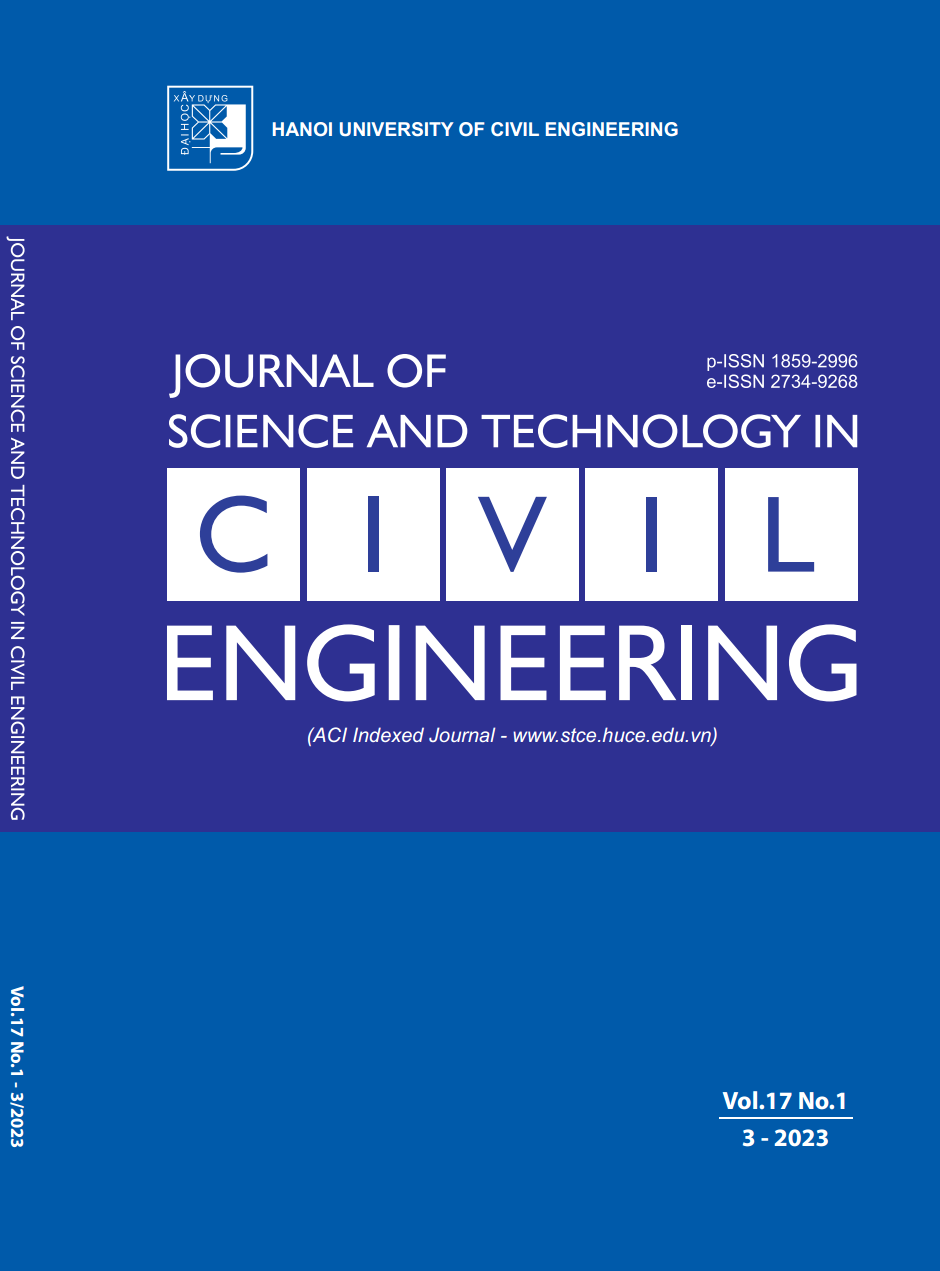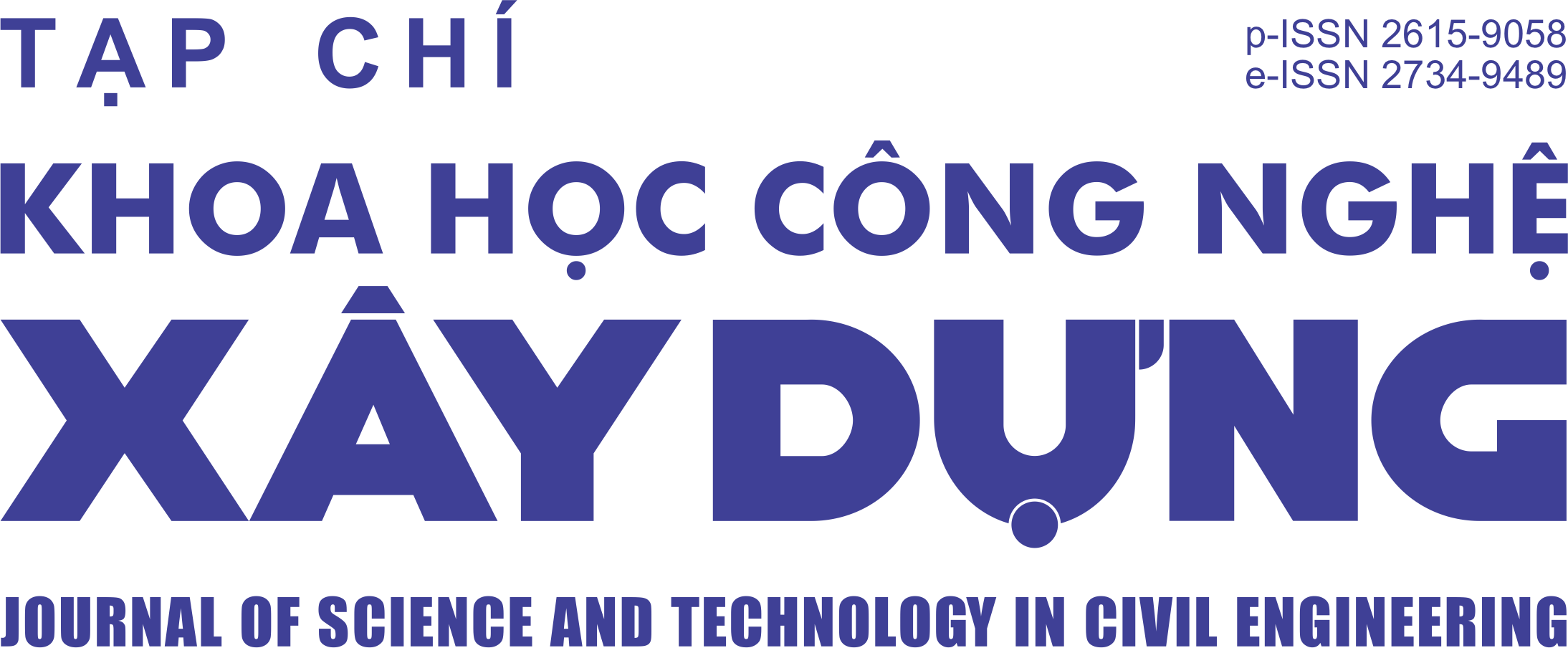Grain boundary strengthening of microstructure phases in SS400 structural steel weld zone
Abstract
Grain boundary strengthening is a method of strengthening materials by changing their average crystalize (grain) size, exhibiting the basic relationship between yield stress and the grain size of the materials. This methodology is based on the observation of grain boundaries that are insurmountable borders for dislocations
and the number of dislocations located within a grain. Applying this methodology to the structural steel weld zone, the mechanical properties of each microstructural phase can be evaluated through the values of grain diameter. For structural steel weld zones, there are not many methods to directly determine the mechanical
properties of microstructural phases. Thus, in this study, a methodology was created to evaluate the values of the yield stress of materials based on the grain boundary strengthening equation. This method was constructed
by observing the average grain size and determining the mechanical properties of three microstructural phases
in the weld zone (i.e. based metal, heat-affected zone, and weld metal). The results from this study provide an
easy way for engineers, architects, and scientists to evaluate the values of mechanical properties of based metal, heat-affected zone, and weld metal in the SS400 structural steel weld zone.
Downloads
Copyright (c) 2023 Hanoi University of Civil Engineering

This work is licensed under a Creative Commons Attribution-NonCommercial-NoDerivatives 4.0 International License.
1. The Author assigns all copyright in and to the article (the Work) to the Journal of Science and Technology in Civil Engineering (JSTCE) – Hanoi University of Civil Engineering (HUCE), including the right to publish, republish, transmit, sell and distribute the Work in whole or in part in electronic and print editions of the Journal, in all media of expression now known or later developed.
2. By this assignment of copyright to the JSTCE, reproduction, posting, transmission, distribution or other use of the Work in whole or in part in any medium by the Author requires a full citation to the Journal, suitable in form and content as follows: title of article, authors’ names, journal title, volume, issue, year, copyright owner as specified in the Journal, DOI number. Links to the final article published on the website of the Journal are encouraged.
3. The Author and the company/employer agree that any and all copies of the final published version of the Work or any part thereof distributed or posted by them in print or electronic format as permitted herein will include the notice of copyright as stipulated in the Journal and a full citation to the Journal as published on the website.







